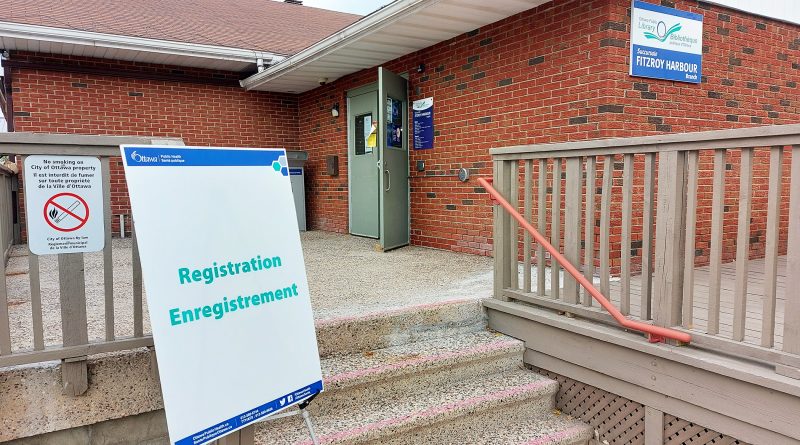Harbour’s low vaccination rates a health unit boundary issue
By Jake Davies - West Carleton Online
FITZROY HARBOUR – Ottawa Public Health (OPH) says Fitzroy Harbour’s low vaccination rates had more to do with blurred health unit borders than actual vaccinations following some ‘data cleaning.’
On Aug. 17 OPH released vaccination data based on Ottawa Neighborhood Study data which identified Fitzroy Harbour as a community with a low first-dose rate relative to the rest of the city. At the time of the statistics release, the 2,801 eligible residents had a first dose rate of 62 per cent and a 54.6 per cent rate of those fully vaccinated. That first number was 13 per cent West Carleton’s next lowest community (Kinburn at 75.6) and the fully vaccinated rate was 12 per cent below Kinburn.
Those numbers were far below the city average of 83 per cent (one dose) and 74.7 per cent (two doses).
In fact, it put Fitzroy Harbour on the list of the top 10 Ottawa neighbourhoods with the lowest vaccination coverage rates – an oddity for a rural community.
OPH responded by hosting two vaccination clinics in Fitzroy Harbour within two weeks last earlier this month.
While the clinics helped the numbers a bit, it turned out boundary confusion was at the heart of the matter.
“As you are aware, in the first release of neighbourhood vaccination uptake data Fitzroy Harbour appeared as being the neighbourhood with the lowest coverage with at least one dose,” OPH public health program and project management officer Jessica Turner wrote in an email to Coun. Eli El-Chantiry’s office obtained by West Carleton Online today (Aug. 31). “As part of our data cleaning process, we were able to repatriate approximately 500 Fitzroy Harbour residents from Renfrew County to Ottawa in the provincial database (COVax). This resulted in higher and more accurate coverage estimates for Fitzroy. Fitzroy is now showing coverage for at least one dose of 81.8 per cent and is no longer among the 10 neighbourhoods with the lowest vaccination coverage rates.”
Turner says the fudged statistics had to do more with health unit boundaries than a population opposed to the vaccination.
“In rural settings, the geographic boundaries of postal codes span multiple health units,” Turner said. “Since a client cannot be shared between health units, each postal code is attributed to a specific health unit by the Ministry of Health. This can cause artificially higher or lower vaccination rates in rural neighbourhoods as some non-Ottawa residents will be attributed to rural Ottawa neighbourhoods and some rural Ottawa residents will be attributed to other health units (i.e. excluded from our Ottawa resident counts), respectively. For these reasons, we are continuously monitoring and reviewing neighbourhood attributions in rural neighbourhoods using a client’s residential address, when available and working with neighbouring health units to identify incorrectly attributed clients.”










